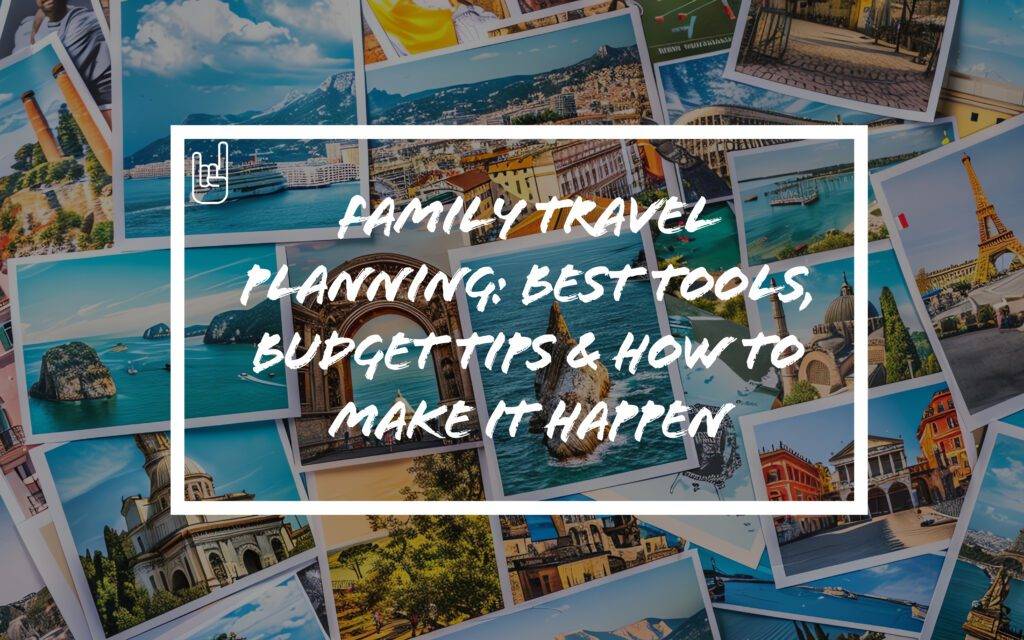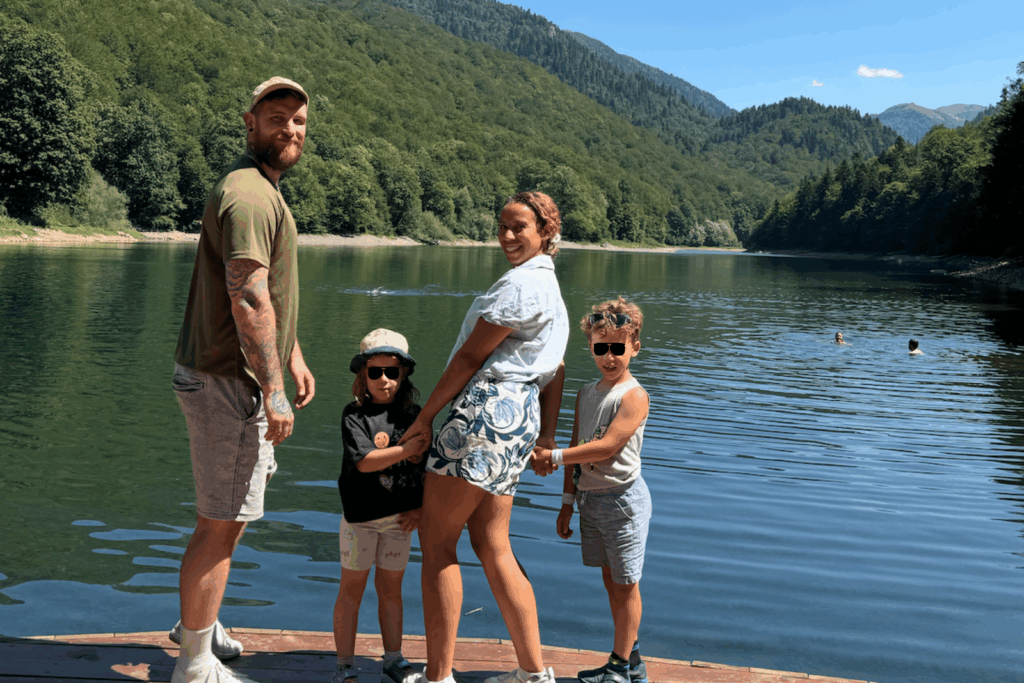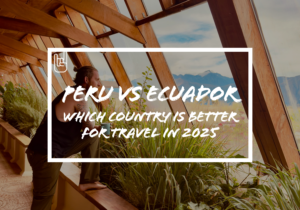Family Travel Planning: Best Tools, Budget Tips & How to Make It Happen
Dreaming of taking your family on a big adventure, maybe even across South America? You’re not alone. Planning long-term family travel sounds magical in theory (gelato in hand, alpacas in the background), but the reality? It’s spreadsheets, budgeting breakdowns, and Googling “how to survive a night bus with kids in Peru.” We’ve been there. In this guide, we’re sharing the real tools, tips, and family-tested strategies we’re using to prep for a long-haul trip through South America, including how we’re making it happen without burning out before takeoff.
Let’s be honest — no amount of dreaming makes family travel planning feel real like the moment you start thinking about what to pack. Between fitting your life into a few bags and not forgetting anyone’s comfort toy (or allergy meds), packing for long-term travel with kids is a whole different game. But it doesn’t have to be a stressful one. This section covers the gear and systems we’re using to keep packing simple, efficient, and kid-proof.
Packing Tools That Actually Work
Packing for long-term family travel is where family travel planning starts to get real, and overwhelming. You’re not just prepping for a holiday. You’re packing for real life on the move: work, play, sleep, learning, and all the snacks in between. We’ve tested more than we care to admit, and here’s what’s actually worth your suitcase space.
Like this blog and what we’re about, then support us by buying us a coffee
Start With Smart, Affordable Gear
Whether you’re sourcing from Amazon, REI, or Decathlon, the goal is the same: versatile, lightweight, and durable. Look for collapsible items, multi-use layers, and gear that stands up to kid chaos (and cobblestones).
Compression Cubes > Packing Cubes
We used to roll and hope. Now we compress. These compression cubes save space and your sanity, especially when each kid insists on packing their own “treasures.” Pair them with kid-specific luggage they can manage themselves and decide early: backpack or suitcase? (For us, it’s a hybrid. Backpacks for parents, rolling cases for kids.)
Grab a Packing Checklist
Skip the panic-packing. Use our printable packing checklist to build your family travel system once, and tweak as you go. This covers clothes, tech, medicine, homeschool gear, and those easy-to-forget-but-necessary travel extras.
Bonus: Learn While You Pack
I’m a big fans of Baselang, it’s great for getting in as much conversational practice as you want (I currently do 2 hours a day, yes its a lot) they also have an awesome curriculum you can follow too, most teachers are super felxible on learning too.
Planning Platforms & Route Mapping
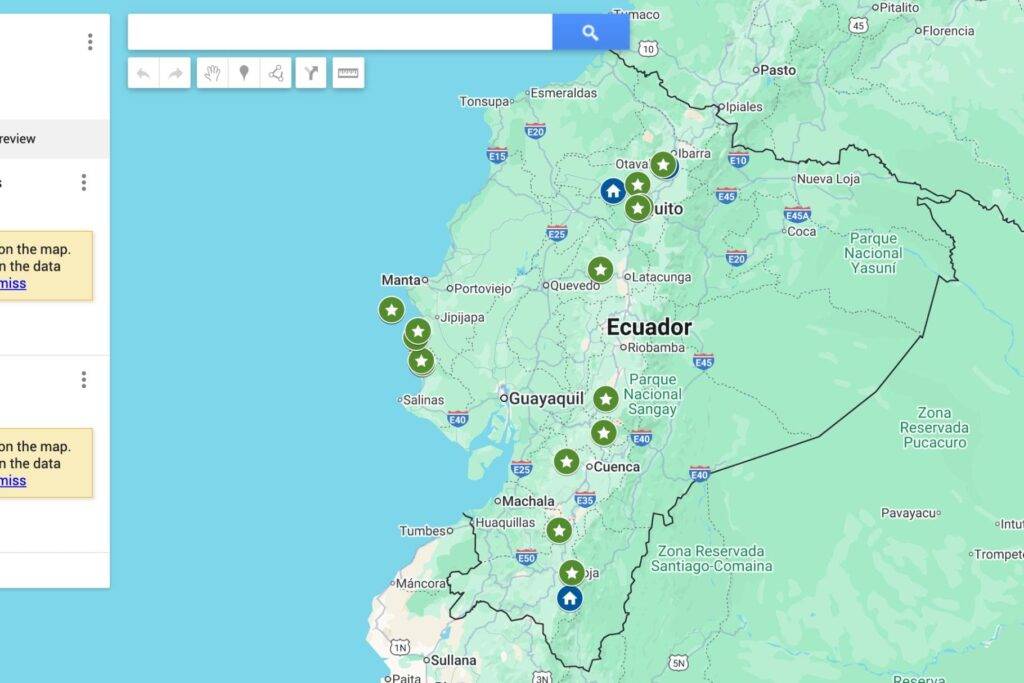
Once the dream feels real, it’s time to figure out where you’re actually going and how to get there without losing your mind (or your kids’ passports). The right family travel planning tools make this part feel way less like an overwhelming spreadsheet and more like the start of your family’s story.
Tools That Help You See the Big Picture
Rome2Rio is a lifesaver when it comes to figuring out transport options between cities or countries, especially in places where flight routes are limited.
Wanderlog is great for visual planning, you can build multi-stop itineraries, track bookings, and keep all your trip info in one place.
Google My Maps lets you create custom travel maps for your route, favorite stays, or even “must-eat-here” food spots the kids will love.
Route Planning by Region
If you’re sticking to one region:
Use Roadtrippers for North America, it’ll calculate distances, show weird roadside attractions, and even help you find budget stays or national parks.
For everywhere else, Rome2Rio still wins for comparing trains, buses, and flights in one glance.
Accommodation & Work Exchange
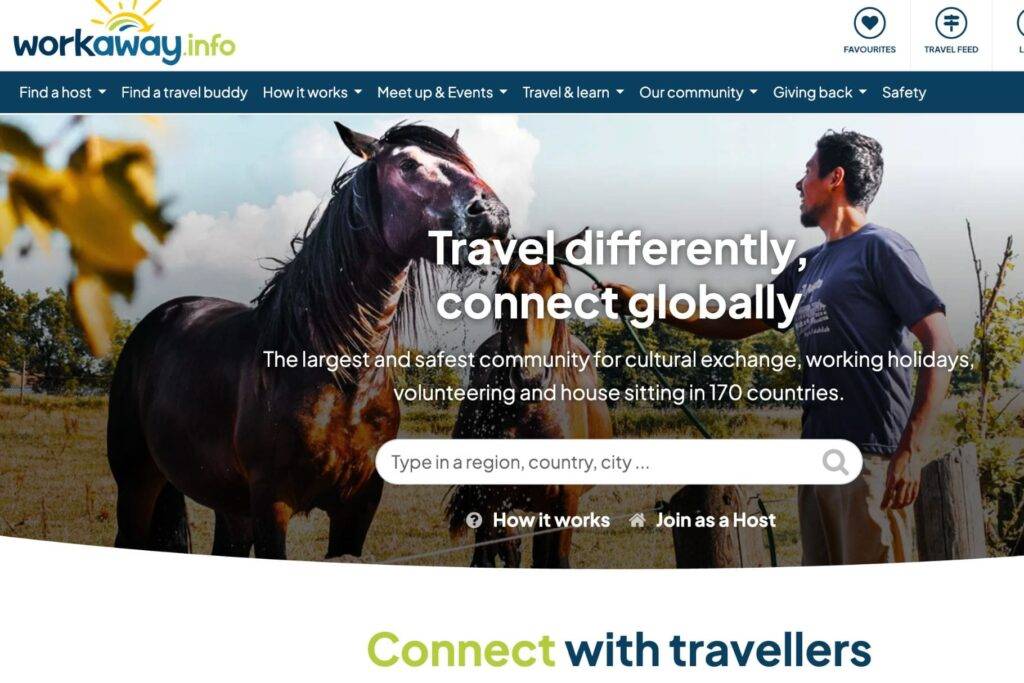
Figuring out where you’ll sleep, and how to afford it, is one of the biggest parts of long-term family travel planning. Good news: there are more ways than ever to find safe, affordable, and even free stays that actually work with kids in tow.
Work Exchange Options (with a Family Twist)
Workaway and Worldpackers offer volunteer-for-stay setups all over the world — from eco-lodges to farmstays to hostels. Many listings are 18+, but some hosts love families (just message first).
TrustedHousesitters is our sleeper hit: if you’re flexible and love pets, house-sitting in exchange for free accommodation is budget gold. Bonus: it often comes with slower pace, space to cook, and routines kids thrive on.
Longer Stays, Better Rates
SabbaticalHomes is designed for families and academics doing longer stays, think home swaps, sublets, and furnished family apartments.
Nomad Family Exchange and house swap Facebook groups are gold mines for trade-style living, no cash needed.
Airbnb vs. Monthly Rentals
Yes, Airbnb fees can be rough, but hosts are often willing to discount long stays (28+ days). Pro tip: message hosts directly and offer a friendly ask for a monthly rate. Mention your kids and respectful travel style, it often goes further than you’d expect.
Family-Friendly Filters & Booking Hacks
Use Hostelworld’s family filter to find hostels that welcome kids (surprisingly more common than you’d think).
Booking.com lets you sort by kitchen access, washing machines, and kid-friendly policies, and reward discounts add up if you use it often.
Travel Insurance and Safety

If there’s one thing that can bring a full stop to your family travel plans faster than a missed flight, it’s not being covered when it matters. Insurance may not be the most exciting part of family travel planning, but it’s essential, especially when you’re far from home with little ones.
Nomad-Friendly Insurance Options
SafetyWing is one of the most popular travel insurance options for families. It’s flexible, affordable, and actually designed with digital nomads in mind, including kids.
World Nomads is great for those planning more adventurous travel, though it can be pricier.
Genki and Insured Nomads offer global coverage with various tiers, worth comparing if you need long-term or ongoing care options.
What to Look for in Family Travel Insurance
Kid coverage included (check age limits and how many children per adult are covered)
Emergency evacuation + hospital stays
Lost luggage, delayed flights, and cancellations
Optional dental or pre-existing condition add-ons if needed
Prep for What You Hope You Don’t Need
Create a digital copy folder: passports, birth certs, insurance cards, vaccination records.
Carry a basic medical kit: thermometers, antihistamines, fever meds, blister plasters, you’ll thank yourself in the middle of nowhere.
Know local emergency numbers and the nearest embassy or clinic in each country you stay.
Budgeting & Money Tools
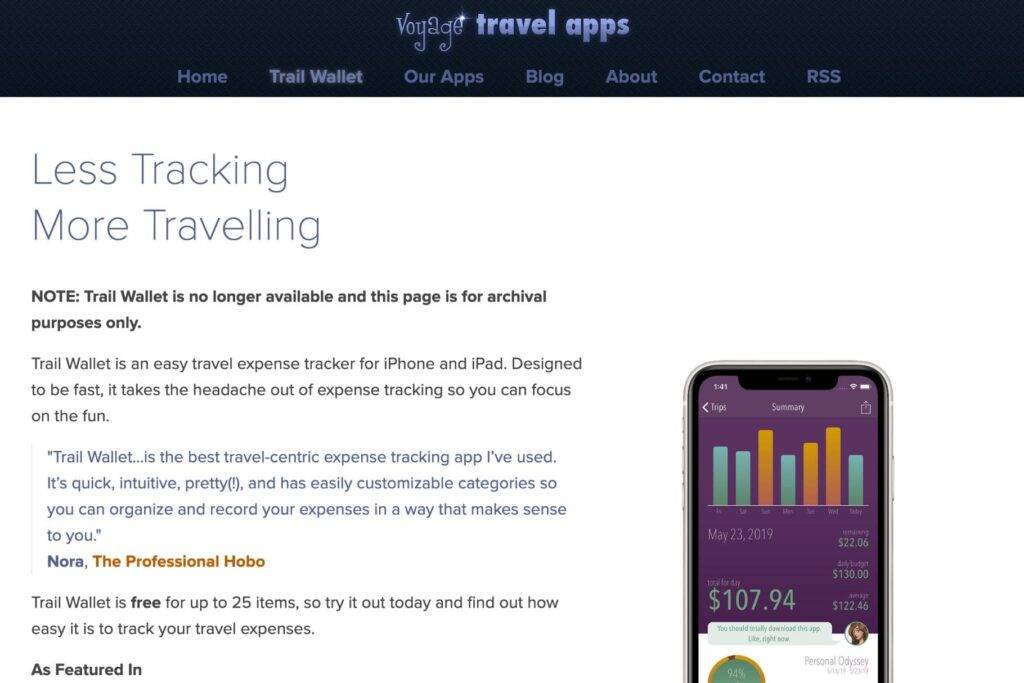
If planning the route makes your trip feel real, then building the budget makes it feel possible. It’s one of the biggest questions we get when talking about family travel planning: How do you actually afford it?
Budget Tracking Apps That Work
Trail Wallet is a longtime favourite among travellers especially for tracking daily expenses by category and destination.
TravelSpend is another solid app, great for syncing across devices and splitting costs if you’re travelling with friends or extended family.
Both are easy to use and show you where your money’s going, before it disappears into a smoothie stand and a pile of museum tickets.
Smart Money Moves on the Road
Use XE Currency to quickly check exchange rates, a lifesaver in street markets and small shops.
Open a travel-friendly bank account like Revolut or Monzo (UK-based), or Wise for international transfers and fee-free ATM withdrawals.
Spreadsheet People, We See You
If you’re a “Google Sheets or bust” person, we get it. We built our own family travel budget tracker to map fixed costs (flights, insurance) and variable ones (food, transport, activities). Link it to your monthly planning and update as you go.
Travel Wallets & Affiliate Tools
We swear by a money belt and a basic RFID travel wallet unsexy but secure, especially for bus-heavy days or border crossings.
If you’re building income as you go, check out platforms like Impact, Travelpayouts, or Amazon Affiliates for low-lift, passive income from the gear you’re already recommending.
Learning + Connection Tools (Worldschooling-Friendly)

Call it homeschooling, roadschooling, or just “making it up as we go” education on the road looks different for every family. But if you’re including any kind of learning in your family travel planning, having a few flexible tools makes a huge difference (especially when everyone’s hangry and the WiFi’s patchy).
Core Learning Apps That Travel Well
Khan Academy Kids is free, offline-friendly, and packed with solid early learning content. Great for preschool–early primary.
Duolingo is perfect for parents and older kids picking up Spanish or Portuguese on the road daily streaks = sibling competition.
Epic! Reading gives you an endless library of kids’ books, perfect for when your carry-on can’t hold 14 picture books.
Practical Language Learning at Home Base
TalkBox.Mom earns another mention here, it’s a blend of phrasebook and playbook that turns home routines (packing, eating, getting dressed) into real-life Spanish immersion. No screens required, and surprisingly fun with younger kids.
Journaling & Connection Habits
We bring small notebooks and encourage quick daily journaling (even just a doodle). Other families use gratitude cards, travel bingo, or “best/worst/funniest” check-ins to stay grounded and reflective.
Online Class Options (When You Need a Break)
Sometimes you need a bit of structure. Outschool and Allschool offer affordable, flexible online classes on everything from math and science to Minecraft coding, great for bridging gaps or giving everyone 45 minutes of quiet.
Work-from-Anywhere Tools for Parents

One of the biggest shifts in family travel planning is figuring out how to keep income flowing while exploring the world with your kids. Whether you’re freelancing, consulting, content creating, or just need to send emails without swearing at the WiFi, these tools help make work and travel coexist, mostly peacefully.
Finding Reliable WiFi (Before Panic Sets In)
Workfrom.co is a great resource for finding cafes, coworking spots, and WiFi-friendly locations in hundreds of cities.
Join local Facebook groups or Nomad family communities, they often share reliable work spots in real time.
Tools We Actually Use
Notion — for planning, journaling, and keeping your travel life and work life semi-organized in one place.
Zoom + Calendly — for client calls or remote team check-ins (and scheduling them across time zones without losing your mind).
Canva — great for content creators and homeschooling parents alike (think worksheets, travel charts, or quick social graphics).
Slack — if you’re working with a team or need clean, async communication.
Bonus: Work Exchange, Freelance & Passive Income Ideas
Use Upwork or Fiverr to pick up freelance gigs (writing, editing, teaching, design).
Set up low-maintenance affiliate links for products you’re already using (travel gear, education tools).
We use TravelPayouts for this
Keep a lightweight blog or Substack if you’re documenting your trip — it can build community and support your travels.
Inspiration, Forums & Family Travel Communities
Long-term family travel isn’t just about gear and budgets, it’s about staying connected to people who get it. These forums, blogs, and community spaces have helped us feel less alone, more equipped, and wildly inspired as we prep for our own big leap.
Where to Find Your People
Facebook Groups like Digital Nomad Families, Worldschoolers, and Family Travel Resources are our go-to spaces for real talk: from what school looks like on the road, to border drama, to what snacks survive 30-hour bus rides.
Reddit’s travel threads (
r/digitalnomad,r/travel, etc.) are surprisingly helpful for weirdly specific questions (looking at you, WiFi-in-rural-Patagonia search).Lonely Planet’s Thorn Tree Forum is back, and still full of geo-specific hacks and family travel threads if you dig a little.
Travel Blogs We Actually Follow
These are the sites we’ve saved, read on loop, and passed around on WhatsApp threads when we’re trying to figure out what’s actually possible:
Nomadic Matt — Budget-friendly, no-BS travel advice with deep-dive guides, gear tips, and honest stories from years on the road.
Nomad Mum — Lulu’s voice hits the perfect mix of practical and real, especially if you’re UK-based or worldschool-curious.
TraveLynn Family — Great for slow travel and overland inspiration with younger kids.
Meet the Arshads — A relatable digital nomad family juggling work, kids, and global living.
The Nomad Family — Beautiful storytelling and a gentle take on long-term life abroad.
5 Lost Together — A thoughtful, grounded blog from a family of five with big adventures and bigger spreadsheets.
These blogs aren’t just aspirational, they’re filled with the kind of lessons you don’t learn until you’ve tried (and sometimes failed) on the road.
Read our full blog post here: Best Family Blogs of 2025
Wrapping It Up: You Don’t Need to Know Everything, Just Where to Start
There’s no one-size-fits-all route to long-term family travel. But with the right tools, a solid plan (that you’re willing to change), and a community that’s been there, it does get easier. This toolkit isn’t about perfection, it’s about starting. Testing. Tweaking. Moving forward anyway.
Whether you’re still in the dreaming stage or knee-deep in spreadsheets, we hope this guide gives you confidence and clarity to build the version of travel that works for your family — chaos, joy, and all.

